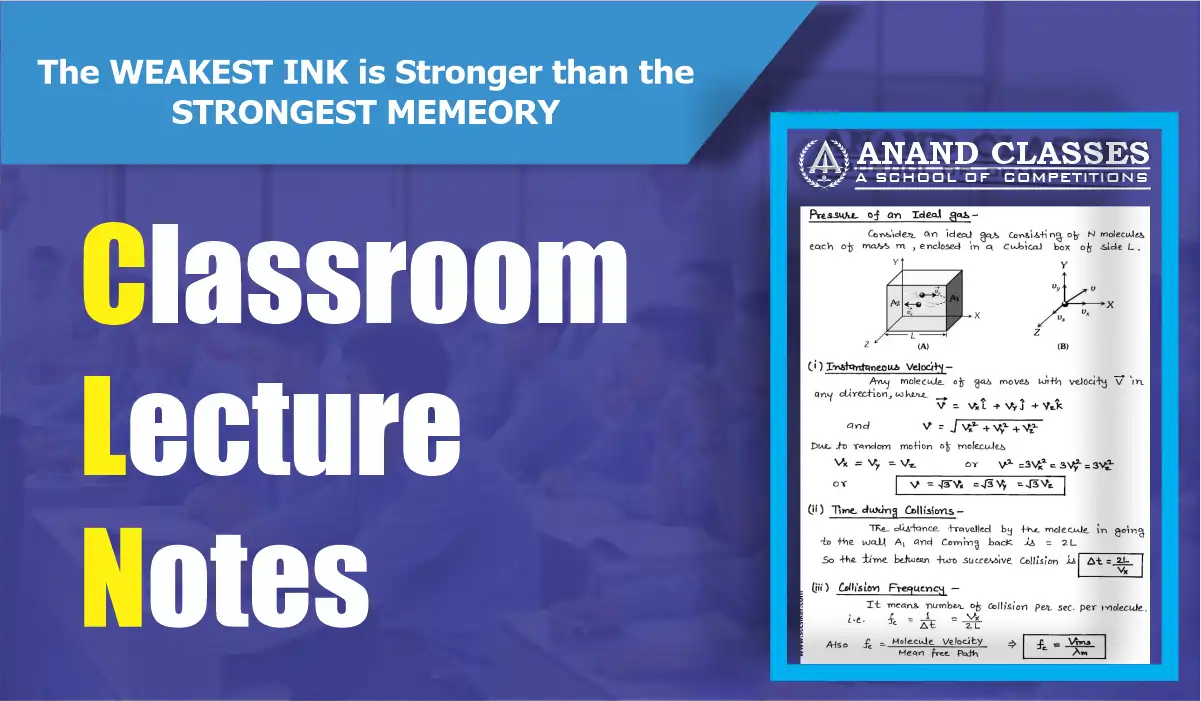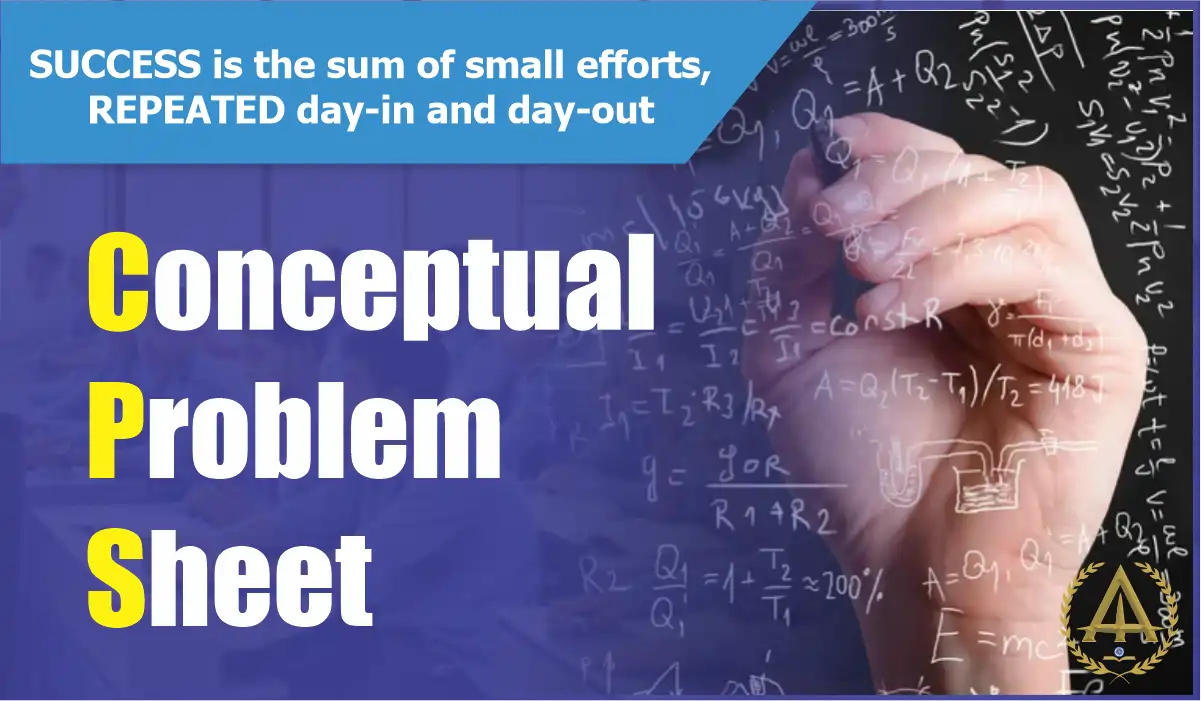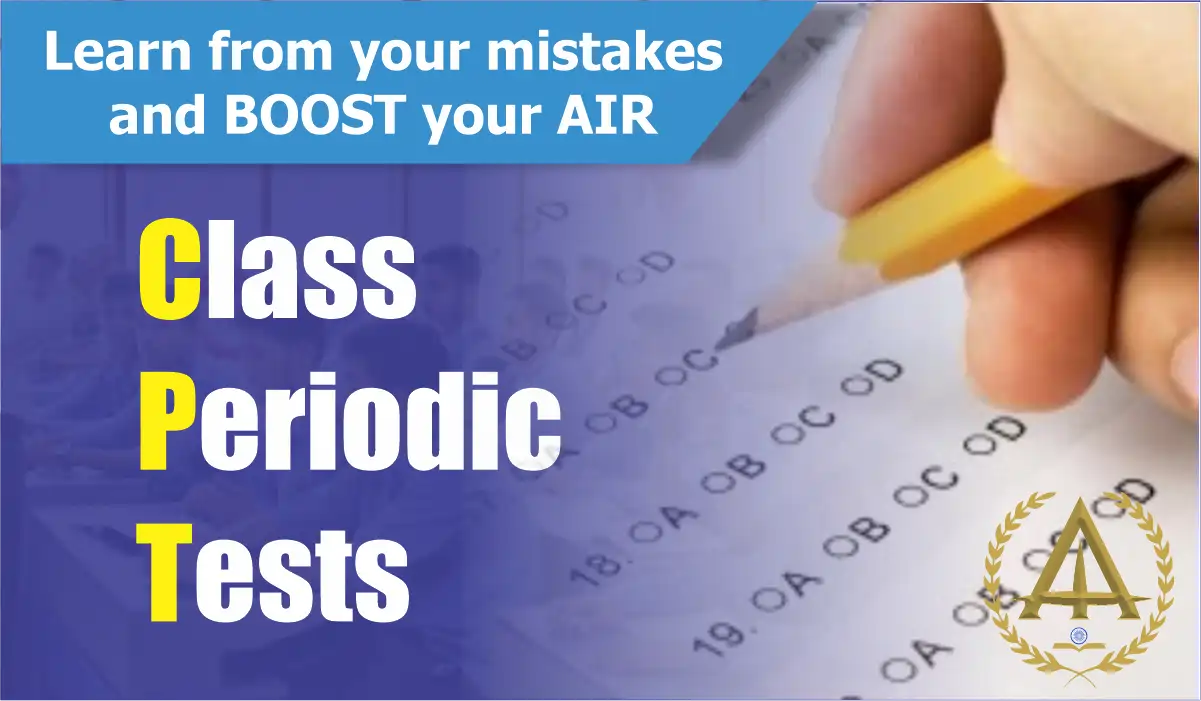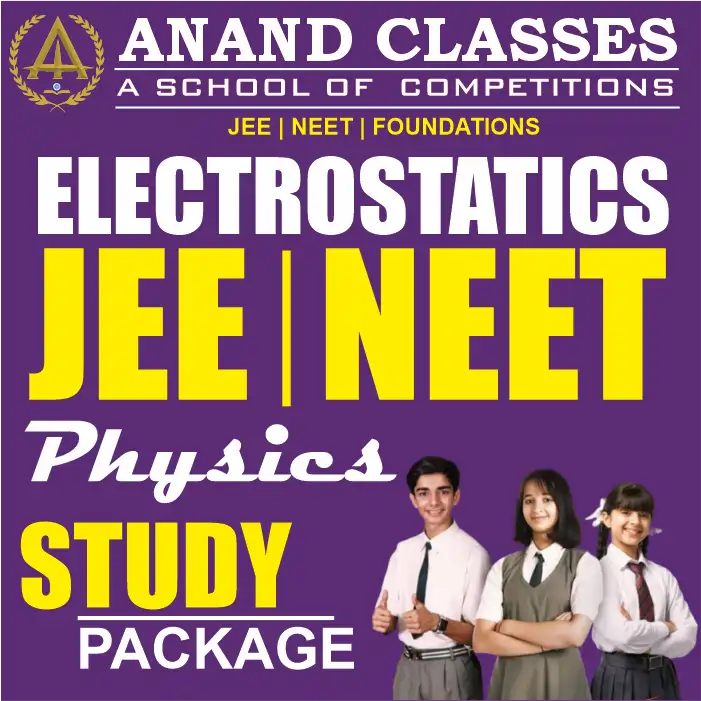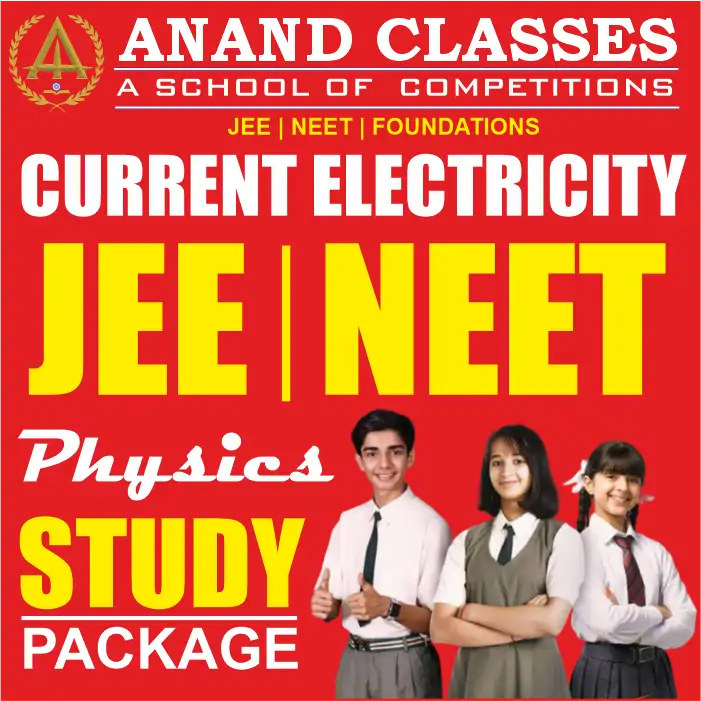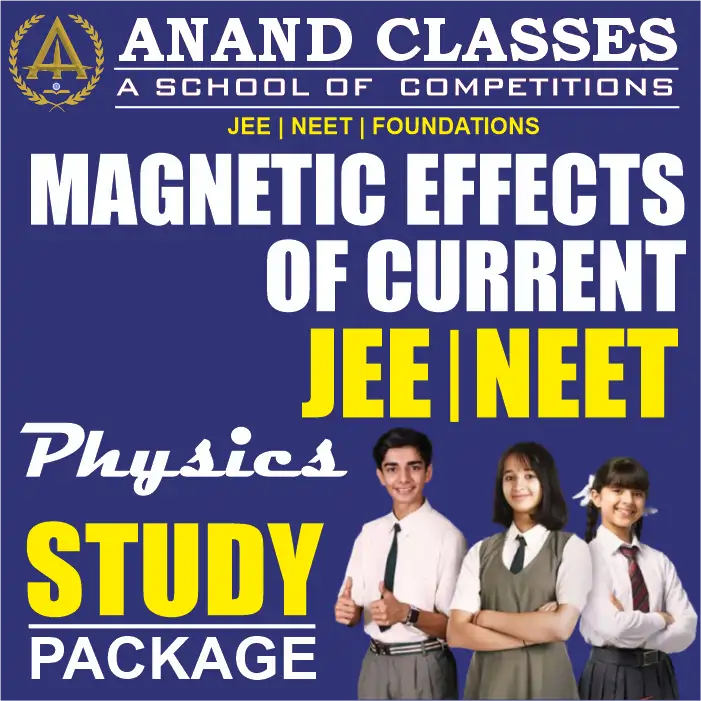Coulomb’s Law
The Coulomb’s law is a fundamental principle in physics, specifically in the study of electrostatics. It describes the force between two charged objects.
According to Coulomb’s law, the force of attraction or repulsion between two charged bodies is directly proportional to the product of their charges and inversely proportional to the square of the distance between them. It acts along the line joining the two charges considered to be point charges.
In CBSE Class 12 Physics, you might be required to solve problems involving Coulomb’s law, calculating forces between charged particles, determining the direction of forces, and understanding the implications of changes in charge magnitude or distance between charges.
History of Coulomb’s Law
In 1785, French physicist Charles Augustin de Coulomb coined a tangible relationship in mathematical form between two bodies that have been electrically charged. He published an equation for the force causing the bodies to attract or repel each other, which is known as Coulomb’s law or Coulomb’s inverse-square law.
Frequently Asked Questions on Coulomb’s Law
Q1
State Coulomb’s inverse-square law in electrostatics.
The electrostatic force of attraction or repulsion between two stationary point charges is directly proportional to the product of the magnitudes of the charges and inversely proportional to the square of the distance between them.
Q2
What are the limitations of Coulomb’s law?
Coulomb’s law holds good for stationary point charges.
Coulomb’s law is not universal, as it depends on the properties of the intervening medium.
Q3
Is the electrostatic force between two point charges a central force?
Yes. The electrostatic force between two point charges always acts along the line joining the two charges. Hence, it is a central force.
Q4
What is one Coulomb of charge?
One Coulomb of charge is that charge which, when placed at rest in a vacuum at a distance of one metre from an equal and similar stationary charge, repels it and is repelled by it with a force of 9 x 109 Newton.
Importance of Coulomb’s Law in Physics CBSE Class 12
Coulomb’s law holds significant importance in CBSE Class 12 Physics for several reasons:
- Foundation of Electrostatics: Coulomb’s law is fundamental in understanding the behavior of electric charges at rest, forming the basis of electrostatics. It helps in explaining various phenomena related to static charges, such as the attraction or repulsion between charged objects.
- Calculation of Electric Forces: It enables students to calculate the magnitude and direction of the electrostatic force between point charges accurately. This is crucial for solving numerical problems related to electrostatics in CBSE Class 12 Physics exams.
- Explanation of Electric Fields: Coulomb’s law provides insights into the concept of electric fields. By understanding how the force between charges varies with distance, students can grasp the concept of electric field strength and its direction.
- Applications in Circuit Analysis: In the context of circuits and circuit elements, understanding Coulomb’s law helps in analyzing the behavior of charged particles within conductors, capacitors, and other electrical components. This knowledge is essential for comprehending topics like capacitance and charge distribution in circuits.
- Connection to Modern Physics: Coulomb’s law serves as a foundation for more advanced topics in modern physics, including Maxwell’s equations, which describe the behavior of electric and magnetic fields in a unified framework.
- Real-world Applications: Understanding Coulomb’s law is essential for comprehending various real-world phenomena, including the behavior of charged particles in materials, the operation of electronic devices, and the principles behind electrostatic precipitators used in air pollution control.
Overall, Coulomb’s law plays a crucial role in CBSE Class 12 Physics by providing the necessary groundwork for understanding electrostatic interactions, electric fields, and their applications in various fields of science and technology.







